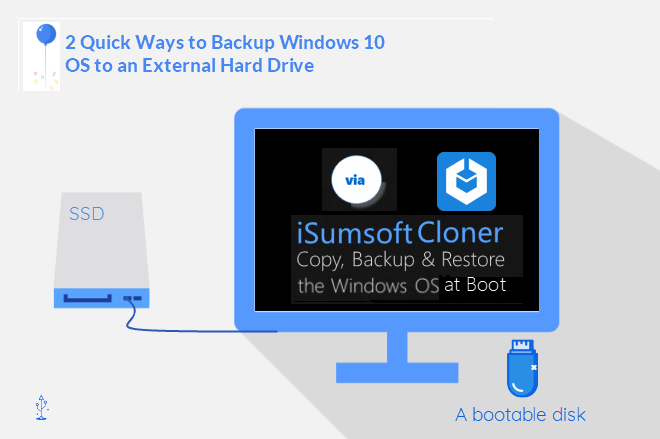
Mac Os 10.7.5 Recovery Software For External Hard Drive
After downloading OS X 10.7 Lion from the Mac App Store, it might be a good idea to create your own boot disc or recovery drive. This would make it much easier to re-install Lion in the event that your hard drive fails.
Yesterday Apple unleashed Lion, the latest version of OS X for Mac computers. Beyond all of Lion’s great new features, it’s also the first Apple operating system to be sold and distributed through the Mac App Store. That means no driving to the store, no waiting for a package to be delivered, and no lines! It also means no physical media such as a DVD to keep as a backup in case of emergency.
Dec 08, 2019 How to use macOS Recovery to restore the operating system on your Mac. MacOS Recovery has tools at its disposal that allow you to diagnose problems with your Mac's hard drive, reinstall macOS, and restore from a Time Machine backup. Here are some of the hottest video-editing software for Mac on the market today.
Let’s say your Mac’s hard drive dies a few months from now and you originally upgraded from OS X 10.6 Snow Leopard to Lion. When you get a new hard drive, you’d have to install Snow Leopard from its DVD first, then download and install Lion all over again after that. Or you could save yourself the frustration and create your own Lion boot device that, technically, would be able to install Lion on any compatible Mac. This could be a DVD, a USB flash drive, an SD card, or an external hard drive.
UPDATE – August 9, 2011:
Apple has released a utility called the Lion Recovery Disk Assistant, which makes all the steps in this article unnecessary. While the solution below is still accurate and usable, it is recommended that users take advantage of Apple’s official solution.
—
There is one catch – you must go through this process after you download Lion, but before you actually install it. If you’ve already installed Lion, skip to the bottom of this tutorial before attempting this set of steps.
- After downloading Lion from the Mac App Store, an installer window will launch. Quit the installer – we’ll come back to it later.
- Navigate to your Applications folder in Finder and find the Install Mac OS X Lion file.
- Right-click on the Lion Installer and select “Show Package Contents” from the menu.
- Go to the Contents folder, then the SharedSupport folder. Once there, you will find a file called InstallESD.dmg.
- Copy InstallESD.dmg to your Desktop.
- Launch Disk Utility from Applications > Utilities.
- If you’re creating a bootable DVD: Click the Burn button, then find and select the InstallESD.dmg file on your Desktop. Insert a blank DVD and the burning process will start.
- If you’re creating a bootable USB drive or SD card: Make sure it’s 8GB or larger because 4GB is just a tad too small. Select the device you’ll be using in the list on the left of Disk Utility. Go to the Restore tab. Click the Image button next to the Source field and select InstallESD.dmg from your Desktop. Drag the new boot device from the list on the left to the Destination field. Please note any files on your USB drive or SD card will be erased. With that in mind, click the Restore button.
- After the process has completed, you can restart your Mac to test the boot disc or drive. Just hold the Option key down as soon as the screen turns back on and select your bootable Lion device from the list.
- If all is well, restart your computer to boot back into Snow Leopard. Go to the Applications folder, then open the Lion Installer file to upgrade your Mac!
Already Installed Lion?
If you’ve already upgraded to Lion and want to create a boot disc or recovery drive, all hope is not lost. Just follow these steps first:
- Go to the Mac App Store. While holding down the Option key, click the Purchases icon.
- Once there, hold down Option again while you click on the Install button next to OS X Lion. If you receive a warning about purchasing or downloading Lion again because you already have it, it’s okay. Go ahead and do it anyway – you won’t be charged again.
- The Lion installer will download again. When it’s done, you can start the process of creating your boot device.